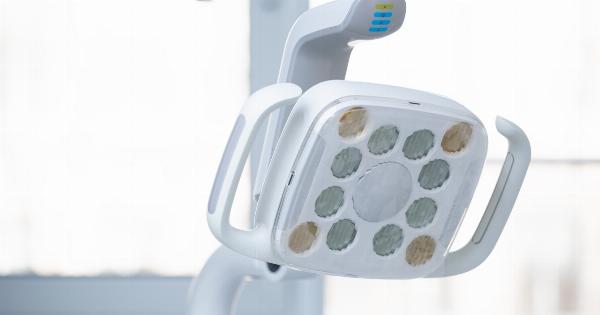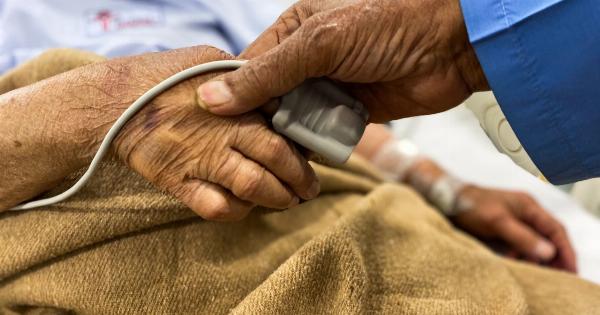Hip fractures are a common occurrence in elderly people, especially those over the age of 65 years.
The severity of the fracture varies and ranges from non-displaced fractures to displaced fractures, which involve more than one piece of the bone breaking. There are two main solutions for hip fractures – partial or total arthroplasty. Here we examine both options and try to determine which is the better solution for hip fractures.
What is Partial Arthroplasty?
Partial arthroplasty, also known as hemiarthroplasty, is a surgical procedure that involves replacing only the damaged portion of the hip joint with an artificial joint, while leaving the other half intact.
The procedure is performed under general anesthesia, and once the surgeon is satisfied with the level of anesthesia, he or she will make an incision in the side of the hip near the damaged joint. The damaged femoral head is removed and replaced with an artificial ball component, while the socket is left untouched.
What are the Advantages of Partial Arthroplasty?
Partial arthroplasty is usually recommended for elderly patients who have less-active lifestyles, who may not be able to tolerate the longer recovery time of a total arthroplasty.
This type of surgery is generally less invasive and can be completed quickly, typically in under two hours. Partial arthroplasty also presents a lower risk of dislocation, as the two halves of the joint that are retained have not been disturbed.
Partial arthroplasty often results in less pain and discomfort both immediately after surgery and during the recovery process.
What are the Disadvantages of Partial Arthroplasty?
Partial arthroplasty is usually not a suitable solution for those with a displaced fracture or those who have pre-existing hip arthritis, as it will only address the damaged area of the joint.
The remaining surface of the joint may continue to deteriorate, which may result in the need for further surgery in the future. In addition, as partial arthroplasty leaves the socket untouched, it may cause socket wear over time and lead to further damage of the hip joint.
What is Total Arthroplasty?
Total arthroplasty, also known as total hip replacement, is a surgical procedure that replaces the entire damaged hip joint with an artificial joint.
The procedure is performed under general anesthesia, and once the surgeon is satisfied with the level of anesthesia, he or she will make an incision in the side of the hip near the damaged joint. The surgeon will then remove the damaged femoral head and socket, and replace them with an artificial ball component and socket.
What are the Advantages of Total Arthroplasty?
Total arthroplasty is a suitable solution for those with more severe hip fractures or those with pre-existing hip arthritis.
It is generally considered to be a long-term solution and usually results in complete pain relief once the healing process is complete. Total arthroplasty is also less likely to require further surgery in the future, as it replaces the entire joint and removes the joint’s damaged surface.
What are the Disadvantages of Total Arthroplasty?
Total arthroplasty usually requires a longer recovery time than partial arthroplasty – typically between six to twelve weeks. It presents a higher risk of dislocation, as the entire joint has been replaced.
Pain and discomfort are also common, both immediately after surgery and during the recovery process. Additionally, since the entire joint has been replaced, total arthroplasty can result in a loss of flexibility in the hip joint.
Which is the Best Solution – Partial or Total Arthroplasty?
The best solution for a hip fracture depends on the individual’s specific condition and medical history.
Partial arthroplasty is generally recommended for elderly patients with less-active lifestyles and those without pre-existing hip arthritis, as it is less invasive and presents a lower risk of dislocation. Total arthroplasty is generally recommended for those with more severe hip fractures or those with pre-existing hip arthritis as it is more effective in restoring hip function.
Conclusion
Hip fractures are a common occurrence in elderly people and require medical attention. Partial and total arthroplasty are acceptable solutions for hip fractures with varying levels of severity.
Your healthcare provider should evaluate your condition to determine the most appropriate treatment for you.






























